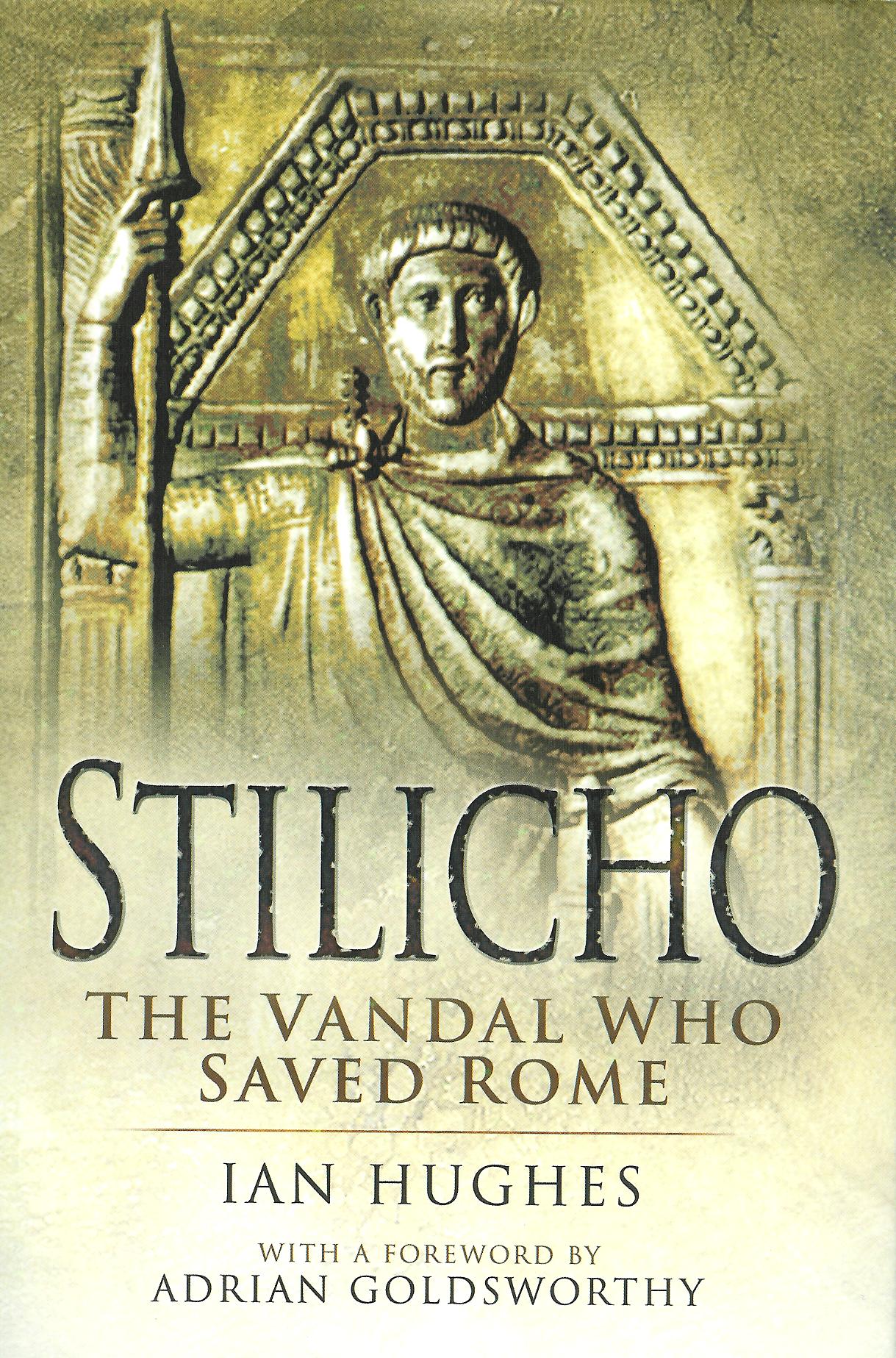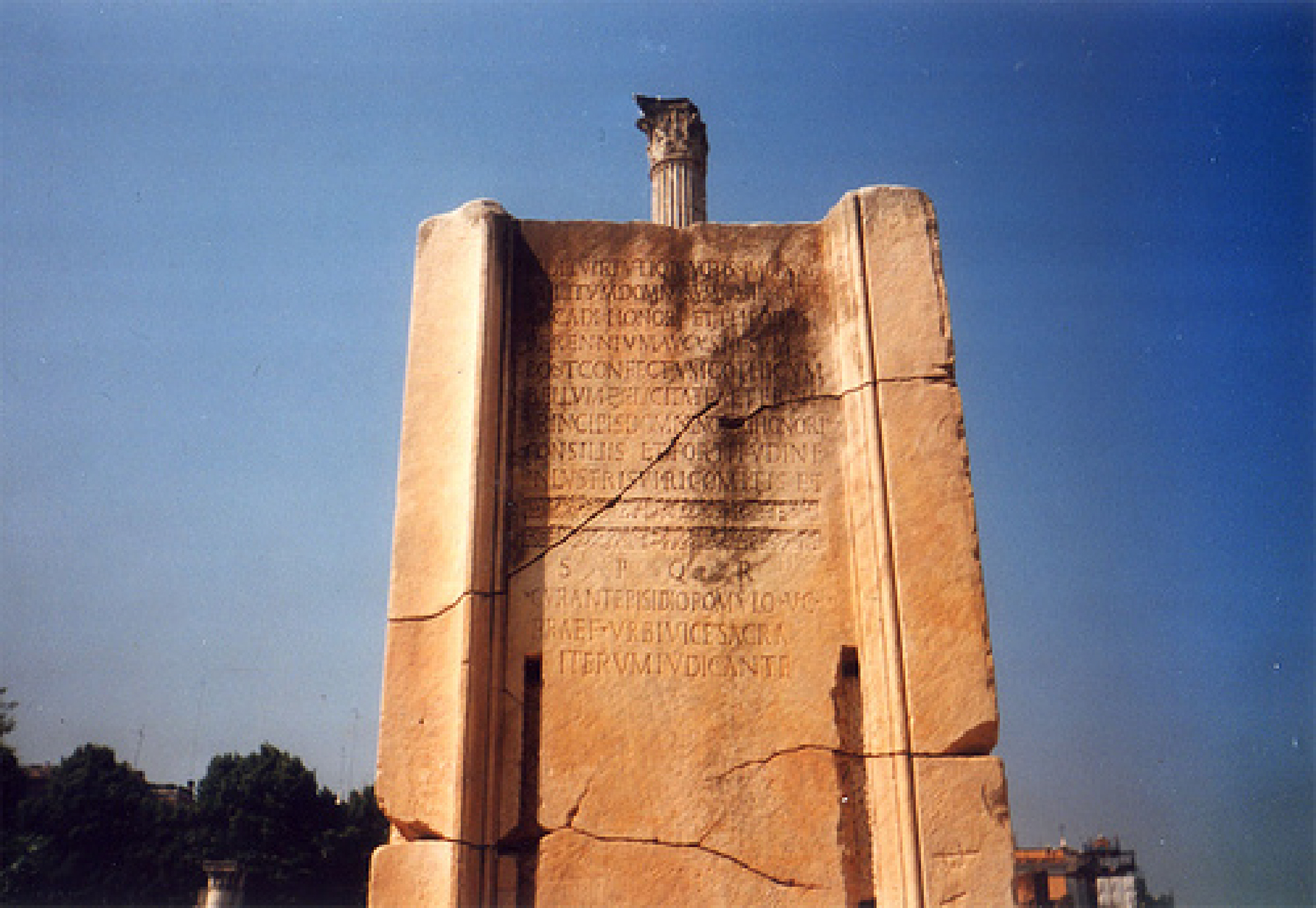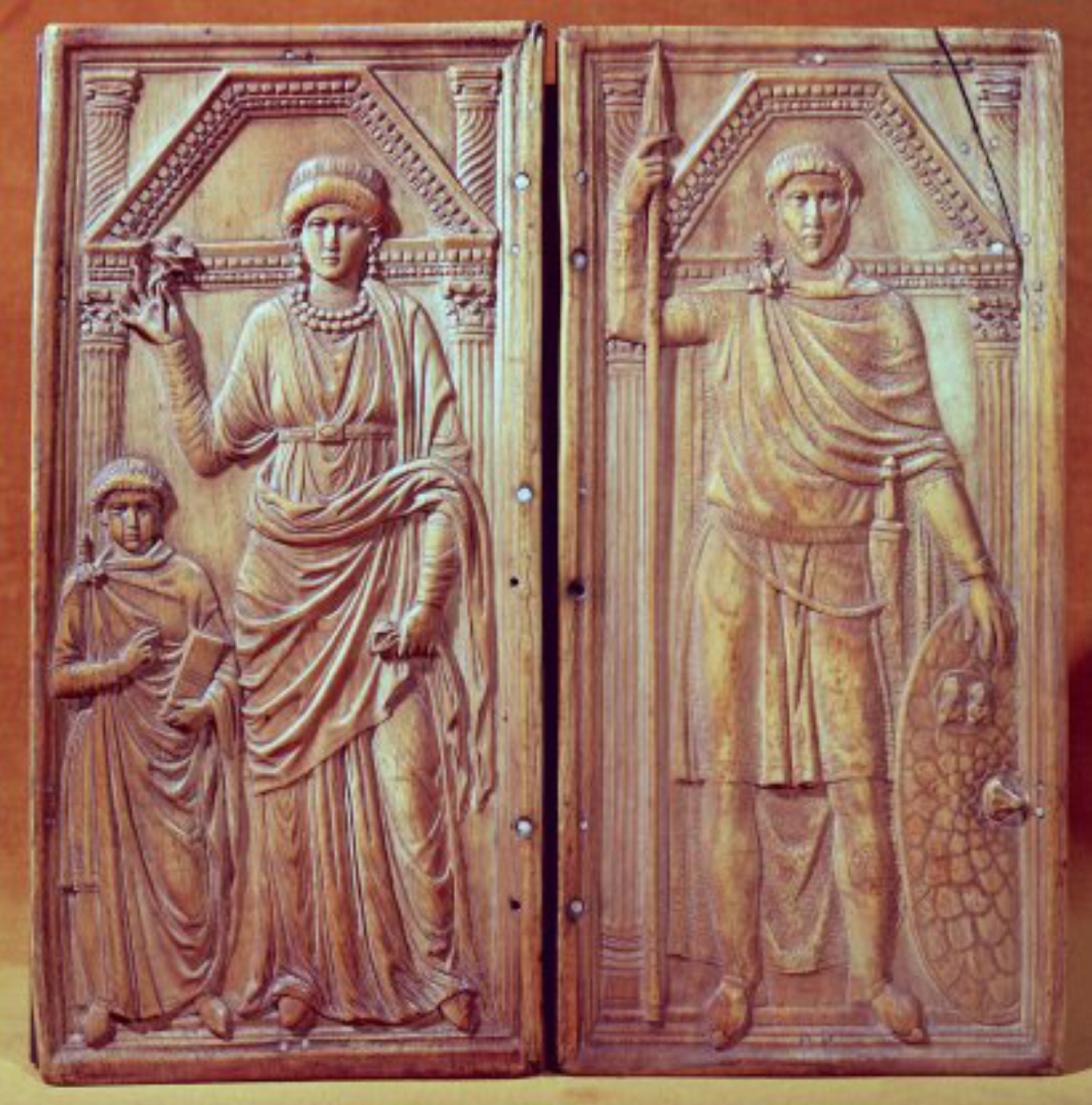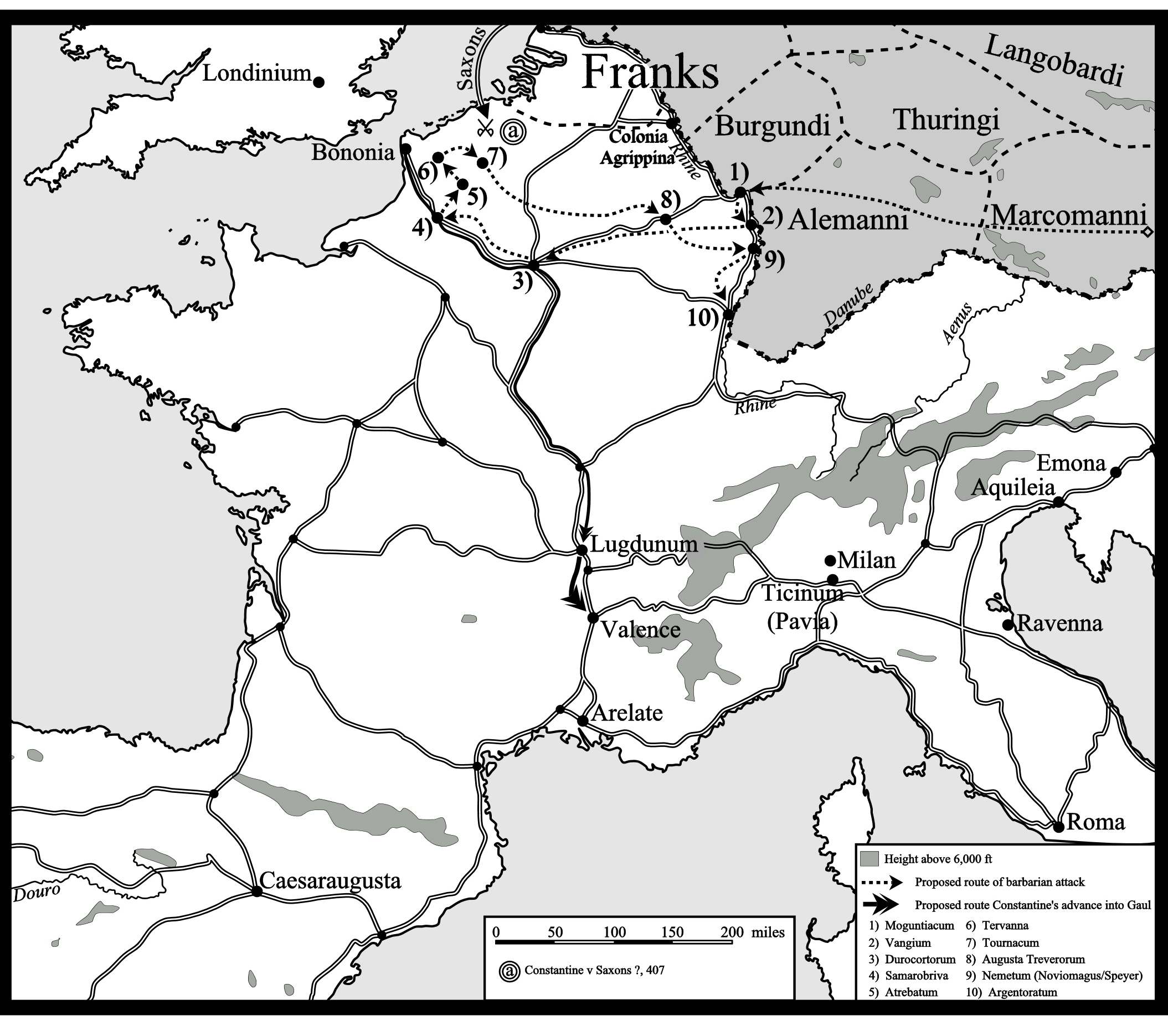Ian Hughes has produced an excellent military history text entitled:
Stilicho: The Vandal who Saved Rome (2010). Barnsley, South Yorkshire, England: Pen & Sword Books Limited. ISBN: 978-1-84415-969-7.
To order, kindly contact:
Address: PEN & SWORD BOOKS LIMITED -47 Church Street, Barnsley, South Yorkshire, S70 2AS, England
[Website: www.pen-and-sword.co.uk]E-Mail: [email protected]
Hughes’ text is meticuloulsy researched with a plethora of references and resources. The academic calibre of this text will undoubtedly make this a major resource in classrooms and libraries across major universities.
Stilicho lived in one of the most turbulent periods in European history. The Western Empire was collapsing under the pressure of internal revolt and external invasion. The book explains how Stilicho, who had a Vandal father and a Roman mother, was given control of the Western Empire and describes his attempts to save the West from the rebellion of Constantine III in Britain and from the attacks of barbarian invaders, most notably Radagaisus and Alaric the Goth.
Stilicho monument in the forum in Rome – this picture shows the monument erected in honour of Stilicho. However, after his fall the three lines commemorating his name and deeds were chiselled out as part of the damnatio memoriae.
Despite his claims that he was attempting to save an united empire, in some ways his policies following his rise to power after the death of the emperor Theodosius the Great in 395 helped to permanently divide the Western and Eastern halves of the Roman Empire. On the other hand he is responsible for the continued existence of the West after the rebellion of Constantine III in Britain and the crossing of the Rhine by a major force of Vandals, Sueves and Alans in AD 406.
The book places Stilicho firmly within the context of the slow disintegration of the West and also details his political contacts with the East, helping to explain how these helped to divide the Empire in such a way that it would never again become a single political entity. In this way the importance of Stilicho’s domination is highlighted and the ramifications of his ‘rule’ for the remaining decades of the West’s existence become clear.
Stilicho diptych – the only remaining likeness of Stilicho. On the left is his wife and son, on the right Stilicho himself. Stilicho carries a shield on which are the images are two boys, most likely the emperors Honorius and Arcadius, demonstrating Stilicho’s claim to be guardian for both halves of the Empire.
It is surprising that despite the recent surge of interest in the history of the Late Roman Empire this is the first definitive biography that has been attempted in English. In a large part this is due to the fact that the story of his life is poorly recorded by ancient sources. The result has been a long history of debate over Stilicho’s personality and policies, especially with regards to a possible alliance with the Goth Alaric against the Western Empire. The book looks in detail at the sources and analyzes Stilicho’s actions in an attempt to reveal the reasons for his policies. Although in some respects the conclusions reached go against some of the accepted theories concerning his life, they are explained in full and some of the opposing theories are explained, allowing the reader to make up their own mind as to which of the different ideas to follow.
Barbarian Invasions of Gaul – this map shows a possible route for the invasions of the Vandals, Sueves and Alans that took place in early 407. Although hypothetical, it follows the descriptions in the sources and explains the reasons for the rapid changes of direction of the invaders.







